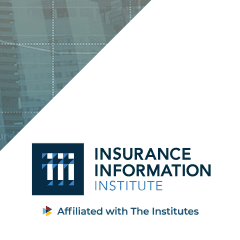
Setting insurance prices based on the risk being assumed seems a straightforward concept. If insurers had to come up with a single price for coverage without considering specific risk factors – including likelihood of having to submit a claim – insurance would be inordinately expensive for everyone, with the lowest-risk policyholders subsidizing the riskiest.
Risk-based pricing allows insurers to offer the lowest possible premiums to policyholders with the most favorable risk factors, enabling them to underwrite a wider range of coverages, thus improving both availability and affordability of protection.
Complications arise when actuarially sound rating factors intersect with other attributes in ways that can be perceived as unfairly discriminatory. For example, concerns have been raised about the use of credit-based insurance scores, geography, home ownership, and motor vehicle records in setting home and car insurance premium rates. Critics say this can lead to “proxy discrimination,” with people of color in urban neighborhoods sometimes charged more than their suburban neighbors for the same coverage. Concerns also have been expressed about using gender as a rating factor.
Triple-I has published a new Issues Brief that concisely explains how risk-based pricing works, the predictive value of rating factors, and their importance in keeping insurance affordable while enabling insurers to maintain the funds needed to keep their promises to policyholders. Integral to fair pricing and reserving are the teams of actuaries and data scientists who insurers hire to quantify and differentiate among a range of risk variables while avoiding unfair discrimination.
“There is no place in today’s insurance market for unfair discrimination,” the brief says. “In addition to being illegal, discrimination based on any factor that doesn’t directly affect the insured risk would be bad business in today’s diverse society.”
Learn More:


















